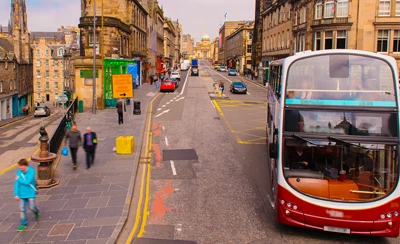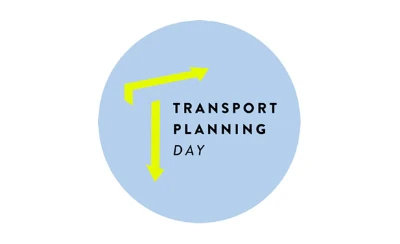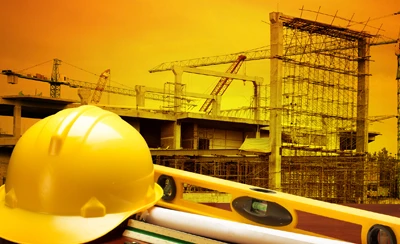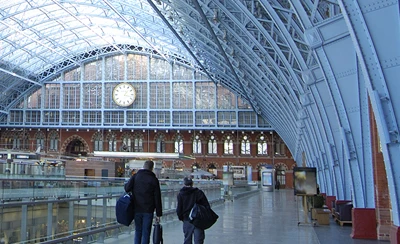It is interesting that the demand for transport is used in the Government’s daily briefing sessions as an illustration of how we are all responding to the instruction to stay at home to stop spreading the virus. By the 15th April the demand for transport use has reduced by more than 60% for all transport types since February. Incredibly Rail and Tube use have reduced by 95%. However, demand by active modes has increased, reflecting opportunities to exercise.
Put simply, the short-term impact of Covid-19 on people’s travel behaviour is unprecedented. Yet six months ago who could have foreseen this as a credible scenario?
Transport Planning cuts across a range of spatial scales and time frames; from measures to provide for travel within our local communities, to major infrastructure projects that take years of planning.
People’s travel behaviour reflects that we are creatures of habit. In the short-term we have been forced to change our travel behaviour, most profoundly by not travelling at all outside our local communities. It has always been a challenge for transport planners to bring about shifts towards sustainable modes but Covid-19 has given policy makers an opportunity to do this on a massive scale, albeit with atypical constraints. I found it interesting that the UK government responded to leading academics to allow cycle shops to remain open during the lockdown and cycles are currently in-stock on-line. Cycling groups have responded swiftly to provide information and advice to encourage people to cycle. This is a real opportunity to encourage a shift to active mode travel.
Key aspects of transport planning are to be able to forecast changes in travel behaviour and to plan and provide for this. What is happening as a result of Covid-19 has dramatically altered travel behaviour in an unprecedented way in the short term and could affect our ability to forecast transport demand and plan for the future. There will surely be greater uncertainty in predicting and providing travel demand moving forward.
On 15th April the Government issued a landmark ‘Notice to Proceed’ on HS2, marking formal approval for main construction works to begin on the Phase One route from London to Birmingham. This is good news for the construction industry now when it is widely expected that there will be a Global Recession as a result of Covid-19. An economic downturn will inevitably result in reduced travel as unemployment increases and individuals and businesses seek to reduce costs. It could threaten large transport planning infrastructure projects from challenging the need for them, having the funding capital to build them and delaying their progress through the planning process.
Covid-19 could therefore be transformational in influencing the supply and demand for transport in the longer term at all scales.
The AA predicts a permanent reduction in the demand for travel because people have learned to be more proficient using home-working technology during the crisis. This could have a profound impact on the way business is conducted, particularly as it will reduce costs. Of course this does not apply to all jobs but even working at home for one day each week could have a significant impact on demand.
My own experience is that the transition to fully home working has been relatively painless, but that is because I am fortunate to have good broadband, communication software, equipment, technical support, and positive encouragement from the leaders within my organisation. The people I work with are equally well set up which means that it is easy to get things done. This may not all be in place for many workers and obviously not all jobs can be done from home. This could lead to equality and inclusion issues.
There are further transport-related inclusion issues likely to be brought about by Covid-19. Those who rely on subsidised transport services may find that they are no longer provided due to available funding, combined with a potential reduction in demand as people avoid travelling by public transport due to the perceived infection risk. Also, although there is a real opportunity to encourage active mode travel, this may not be an option for people with health issues, who are elderly or who live in inaccessible areas.
Transport planning is inextricably linked to the economy, environment and the planning of cities and places. Historically the need for good quality transport links for people and goods has always been essential for supporting economic growth. The planning of large infrastructure projects has been instrumental in this. Transport’s interaction with the environment has been recognised as becoming increasingly important across many facets, including air quality and climate change. Sustainable communities from an economic, environmental and social perspective that encourage walking and cycling have long been on the agenda of planning authorities. Covid-19 provides an opportunity to strengthen their importance.








